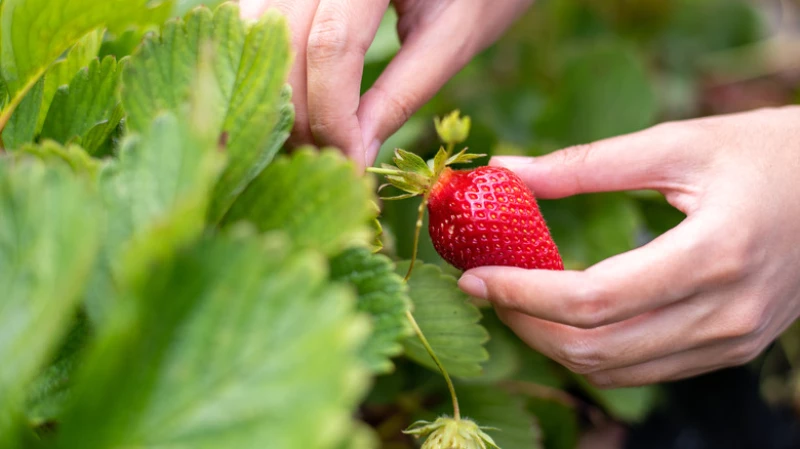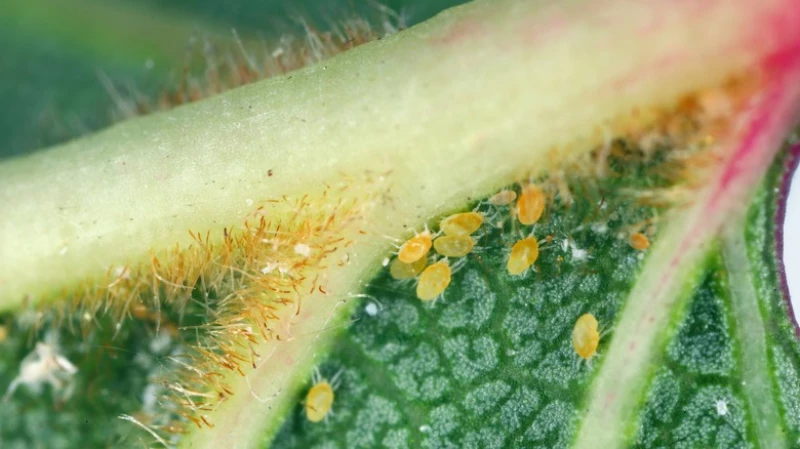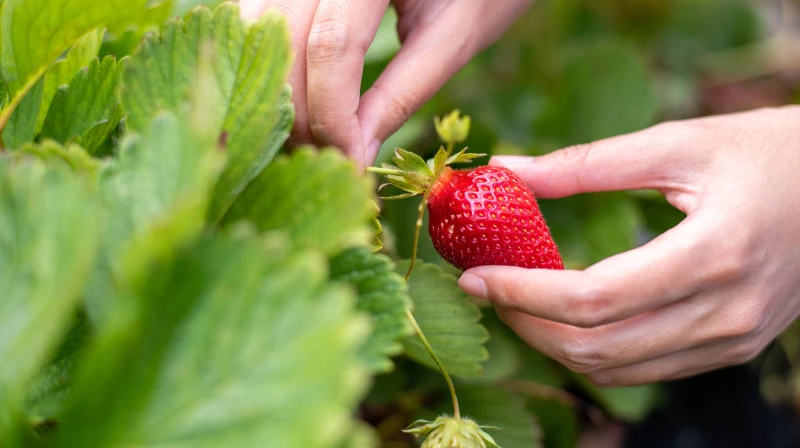Strawberry plants are a popular choice for gardeners due to their ease of growth and low maintenance. However, it is important to keep them free from pests in order to ensure a successful harvest. One common pest that can cause damage to strawberry plants is the spider mite. Learning how to identify and eliminate these pests is crucial for maintaining healthy plants.
Understanding the Appearance of Spider Mites

Spider mites are tiny pests that are often found in fruit trees and plants. They are difficult to notice with the naked eye, as they appear as white dots that seem to move. Under a microscope, they resemble spiders with oval bodies and eight legs. You can also spot two dots, which are their eyes, towards the end of their heads. Despite their small size, adults are only 1/20 of an inch in size. This makes it challenging to identify juvenile spider mites. Infestations tend to grow in colonies, with a healthy colony consisting of hundreds of spider mites. It's important to be vigilant and take action to control spider mite populations to prevent damage to plants and fruit production.
How to control spider mites on your strawberry plants

Now that you've noticed them on your strawberry plants, the good news is you can often get rid of spider mites effectively in a few steps, and when caught early enough, your plants should survive. First, start by watering the plants to discourage the pests from lurking around. Keep the soil moist and properly draining to support the strawberry plant's recovery, too. The next step is to attract the predators of spider mites, including thrips and lacewings. That should keep the population under control without damaging the plants.
Most insecticides will work well to control large infestations of spider mites. Insecticidal oils or soaps tend to work the best. For strawberry plants, use these products in a spray bottle and lightly mist the underside of each leaf directly where the mites may be lurking. Only do this if you're confident the plants are not stressed from a lack of water, as the insecticide could stress the plant more.
To prevent the use of insecticides, you can try spraying the undersides of the leaves with plain water. This method can help deter spider mites to some extent. It is recommended to do this at least once a day. Additionally, it is important to minimize the dust in the area as it encourages the mites. One way to do this is by placing mulch or fabric around the base of the plants to create a barrier between the soil and the leaves. By paying careful attention to this infestation, your plants should gradually recover.







